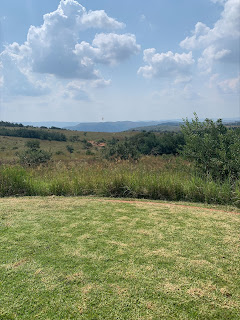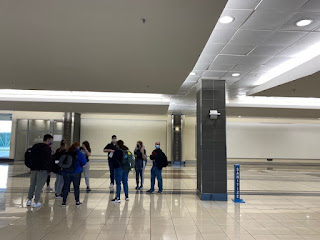
Hello everyone! We have all arrived safely in the USA. I am sorry we were not able to post on the blog in the Amsterdam or Atlanta airports. It was a wonderful, exciting trip that we all enjoyed! We learned much about South African agriculture and the peoples of this great country. I would especially like to thank the following people: Dr. Michael MacNeil, who originally developed the idea for this class and has worked tirelessly to help organize the trip. Dr. Michiel Scholtz, who once again organized a terrific program with the ARC. The visits to all of the farms were excellent! Dr. Scholtz also helped us navigate several challenges we faced with obtaining our Covid-19 test results. Dr. Nicole Klein, who was an excellent co-instructor to have on this trip! Her help on this trip was invaluable. Dr. Julie Walker, who was not an official instructor but who helped the students numerous times. I am really appreciative of her help ...







